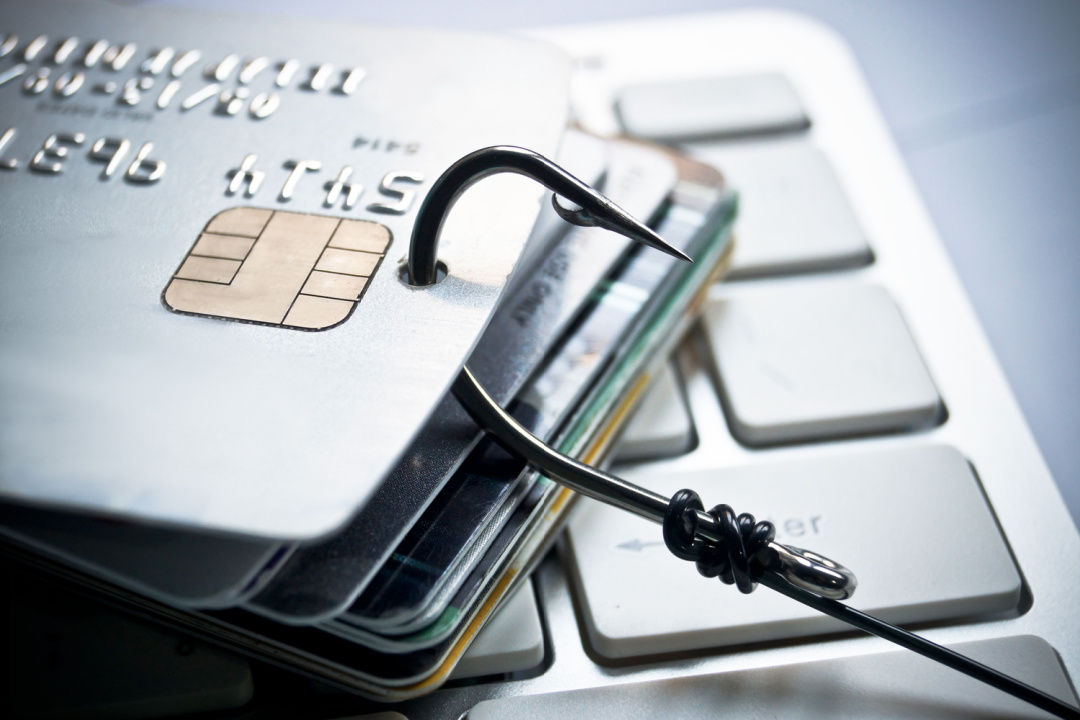- Juniper Research predicts losses from online payment fraud will rise by 17% this year
- New fraud trend is card hopping, where you pay for goods using a number of stolen credit cards
According to Sift’s Q1 2023 Digital Trust & Safety Index, which is based on a survey of over 1,000 US consumers, 16% admit to committing payment fraud or knowing someone who has, Bankless Times learned from a press release. About as many consumers have had opportunities to commit payment fraud online.
Fintech is hard-hit by fraud despite headwinds
Juniper Research predicts losses from online payment fraud will rise by 17% this year, reaching $48 billion by the end of the year. Fraud attacks in fintech rose by 13% between 2021 and 2022, Sift data showed.
Within this area, fraud incidences affecting buy now, pay later (BNPL) merchants went up an impressive 211%. Crypto exchange fraud saw a 45% surge. Providers of digital services and goods saw an increase of 27%.
The new trend: card hopping
Card hopping is where the fraudster pays for goods and services using a number of stolen credit cards. While making a few high-value purchases with a single card can appear suspicious, card hopping distributes the amounts over several cards so they look unrelated and the vendor approves them.
Democratization of fraud
It’s never been easier to sell and buy stolen credit card details. Veteran fraudsters recruit customers through rapidly growing social media like TikTok and open channels such as Telegram forums. They have been able to scale their activities and networks in a new model that profits from fraud expansion.
How does the model work?
A criminal steals credit card credentials via phishing, hacking, or malware. Then, they start or join a group on a deep web forum and offer to sell the data to other criminals at a major discount. They buy multiple credit cards at half-off. Then, they buy goods or services with the stolen cards and the thief makes a profit.
Jane Lee, Trust and Safety Architect at Sift, commented:
As online fraud continues seeping into everyday internet culture, trust and safety operations have become the single point of failure or success for businesses. Now is the time for companies to ensure they are leveraging the right technology and implementing a Digital Trust & Safety strategy to successfully stop payment fraud, while fueling growth with every transaction.









